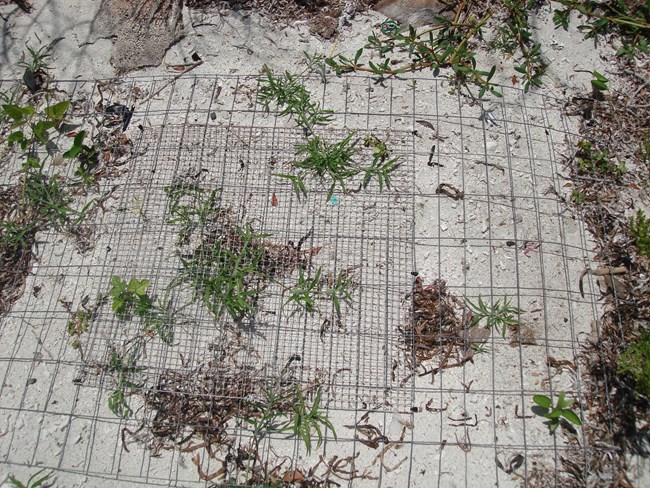
NPS Sea Turtle Conservation Efforts in 2010 began with habitat restoration activities. Many college students, as part of the Alternative Break program, volunteered their time and energy to restoring Biscayne's sea turtle nesting habitat. Over 100 students representing more than ten colleges and universities participated in beach clean-up activities. Work involved the manual removal of hundreds of pounds of trash, ranging from smaller items such as bottle caps and glass and plastic bottles, to larger items, such as shipping pallets and boating line. If allowed to remain and accumulate over time, this debris makes it almost impossible for sea turtles, whose bodies are adapted for their primarily marine existence, to access and traverse the beaches. Biscayne National Park extends an extra special thanks to all of the hard-working students who dedicated their winter or spring break to restoring sea turtle nesting beach habitats! In 2010, Biscayne National Park managers added three additional beaches to their survey schedule, making a total of eight beaches that are consistently monitored. It is hoped that this increased coverage will lead to the discovery and protection of more nests. Monitoring began in the beginning of May and has been completed by park staff, student interns, and several helpful volunteers. Below is a summary of 2010's sea turtle nesting season activity to date. All nesting activity is presumed to be from loggerhead turtles.
Click here to return to the Sea Turtle Main Page, or click on one of the links below to learn more about sea turtles: 
NPS |
Last updated: April 14, 2015
